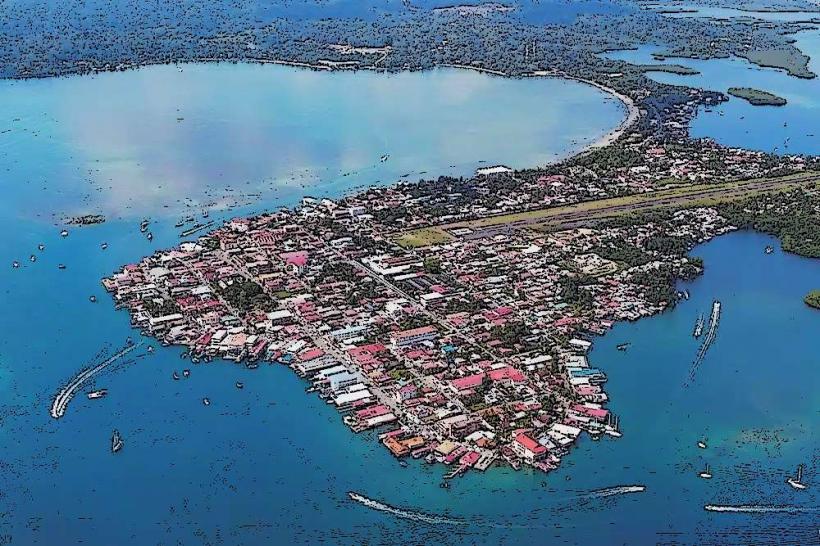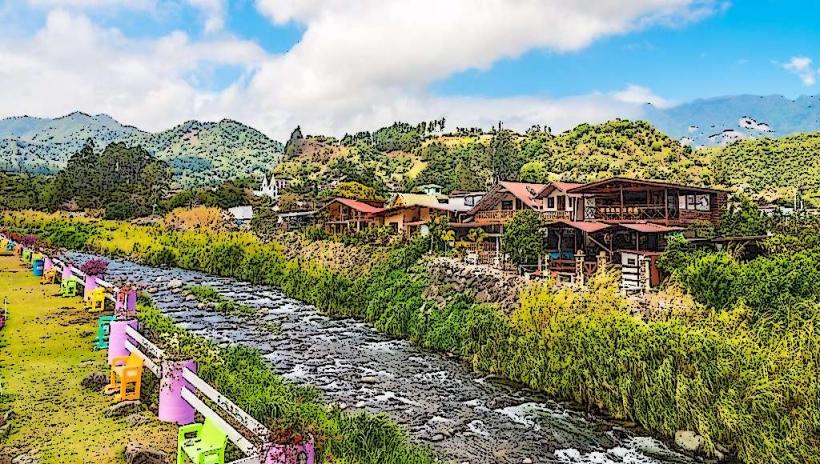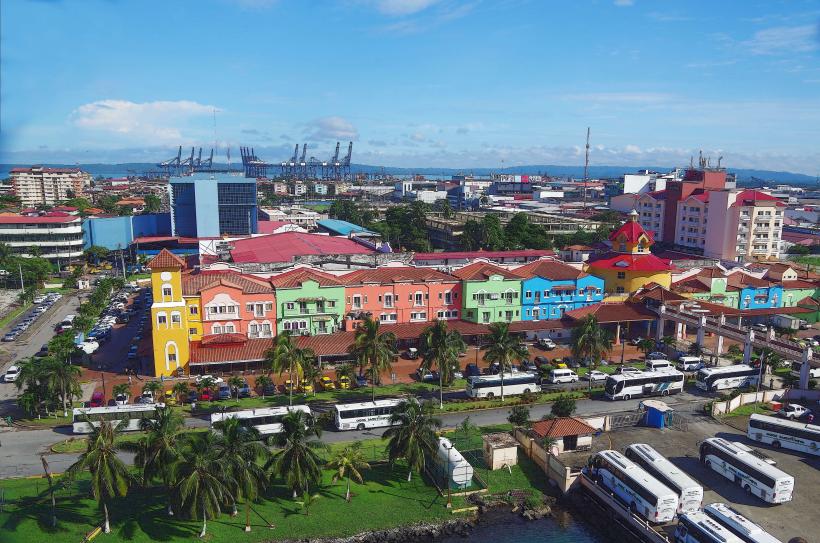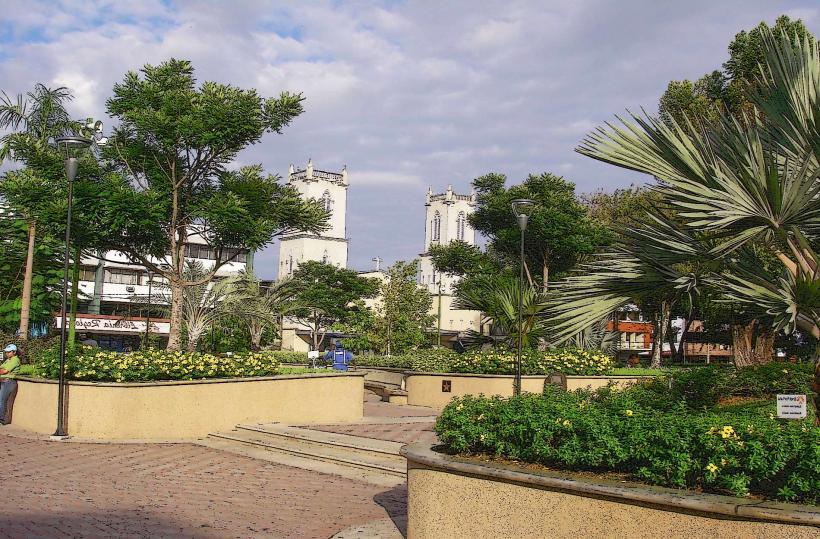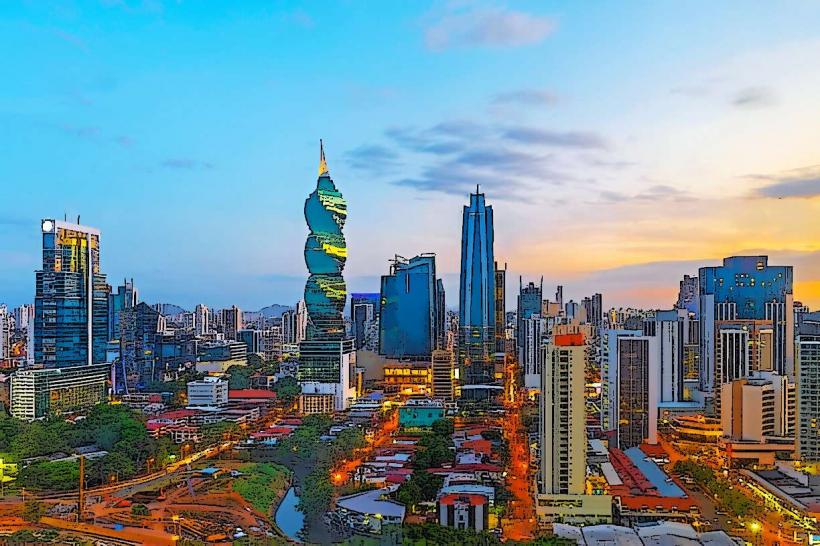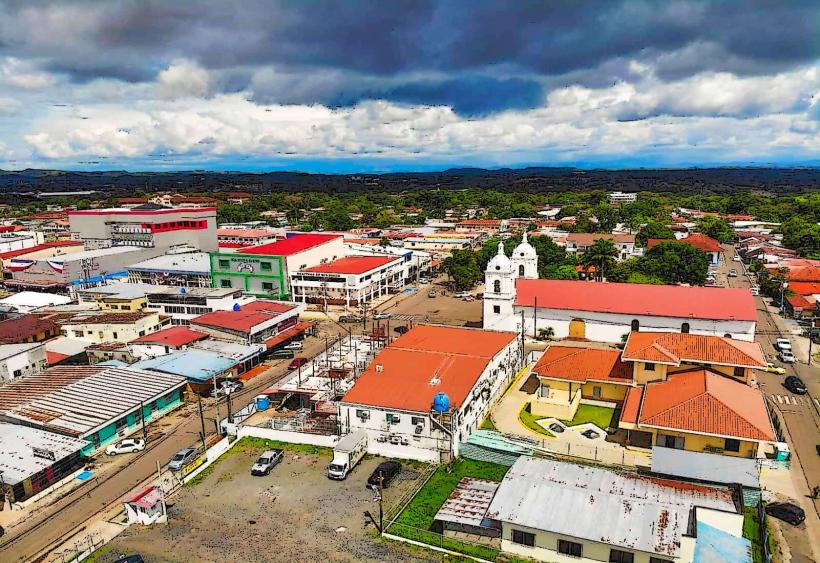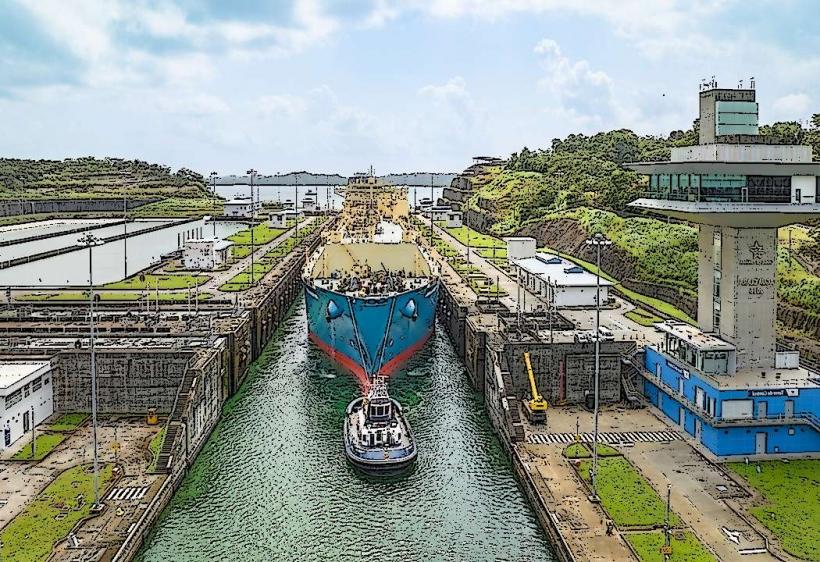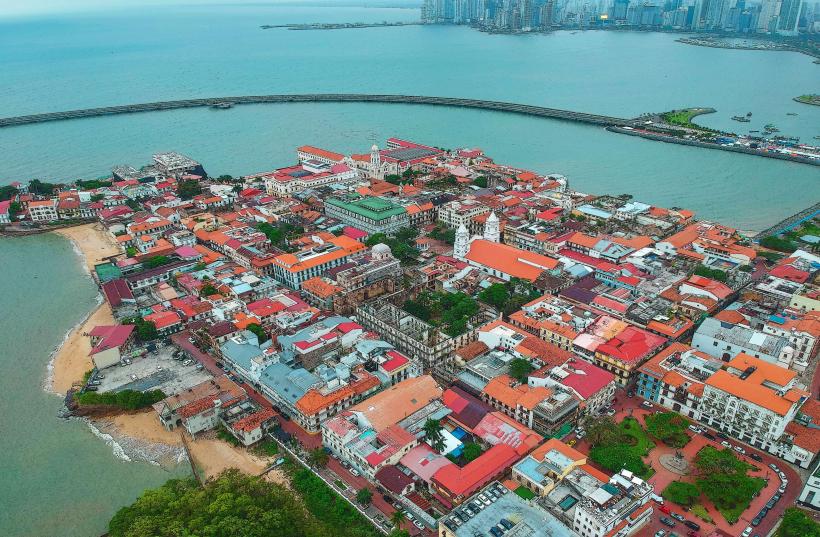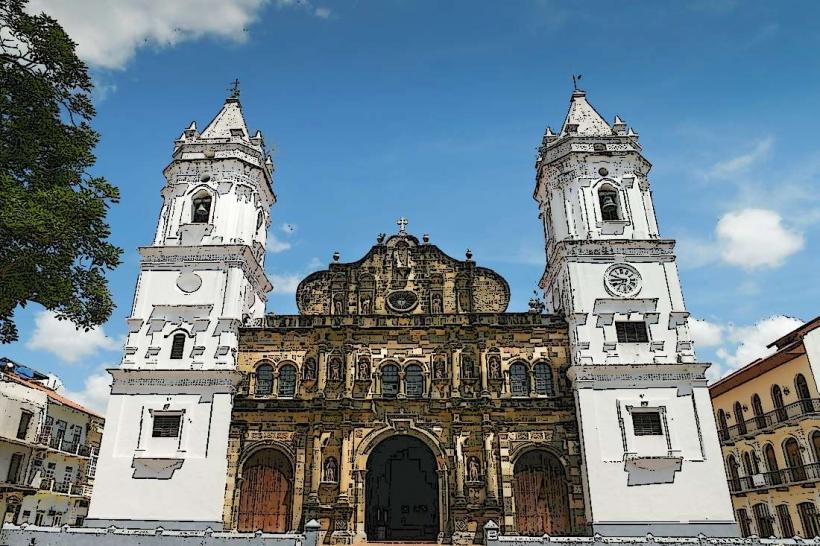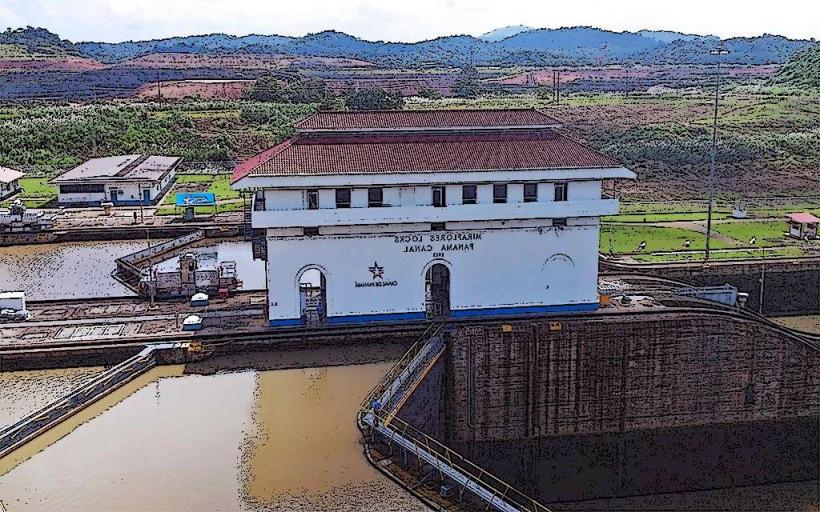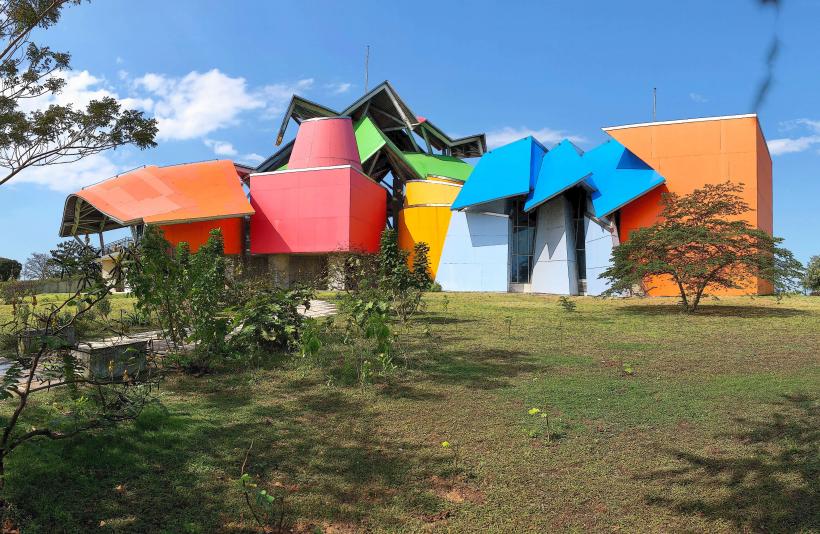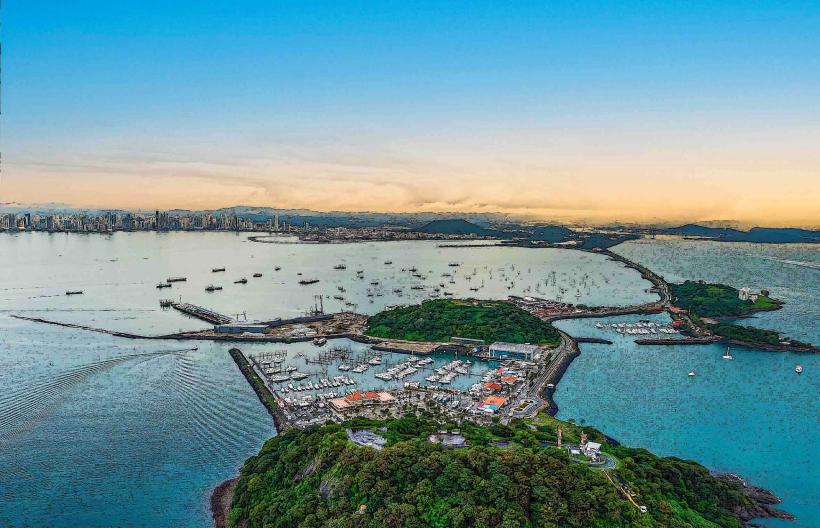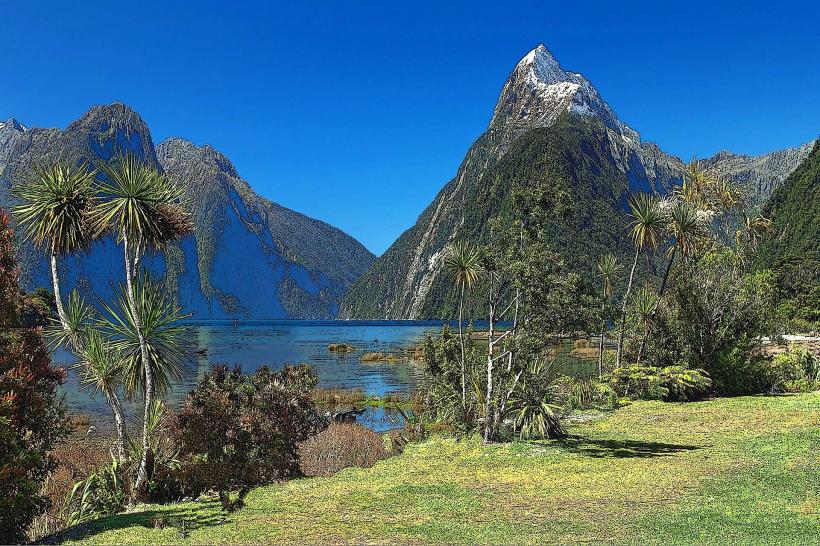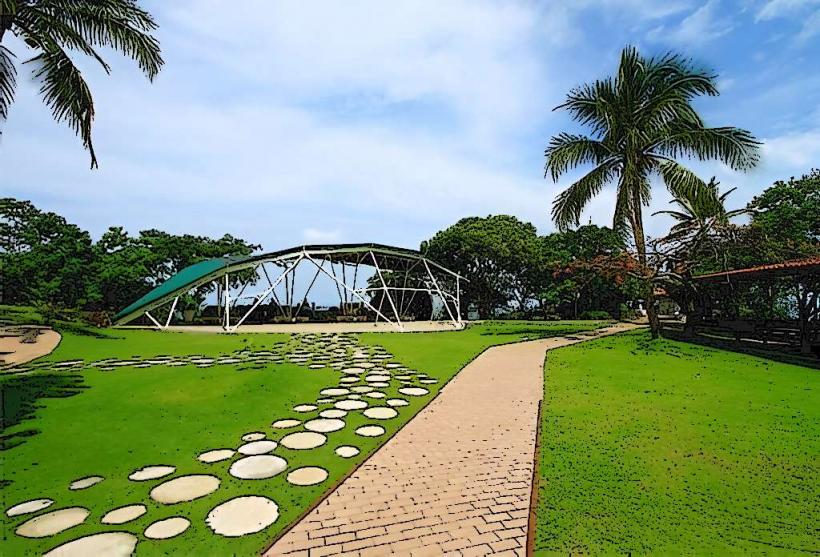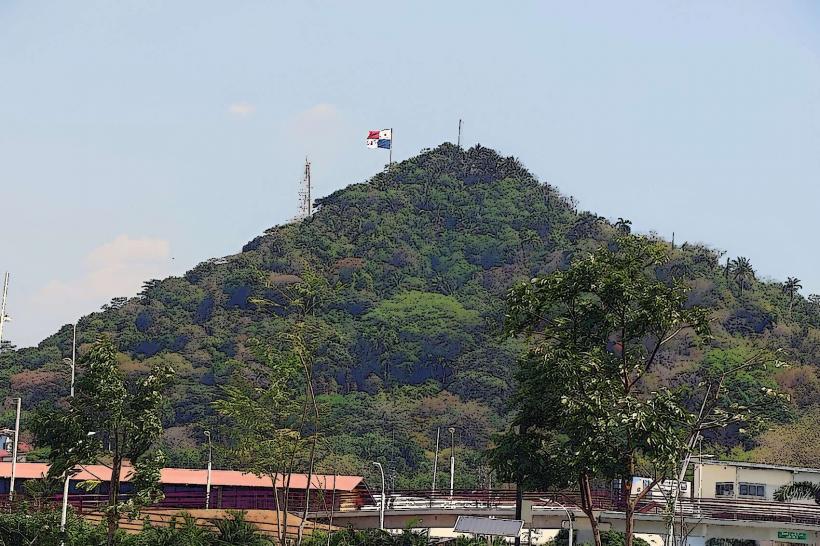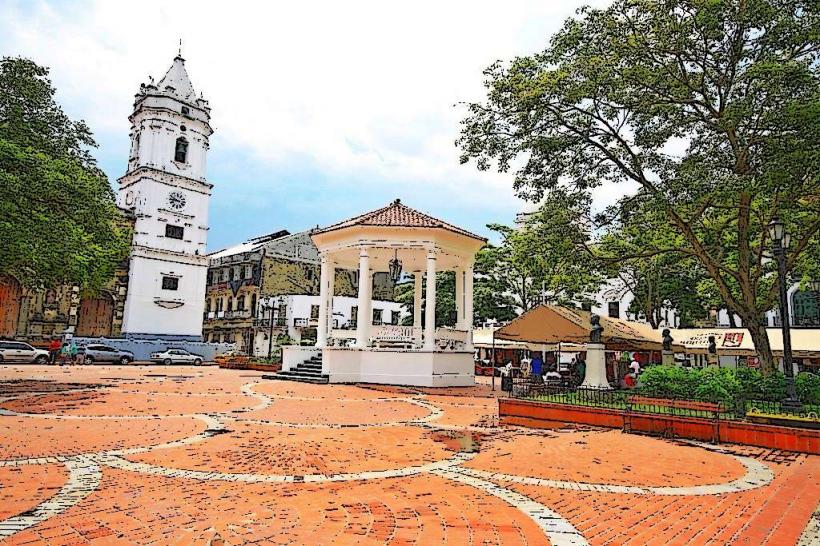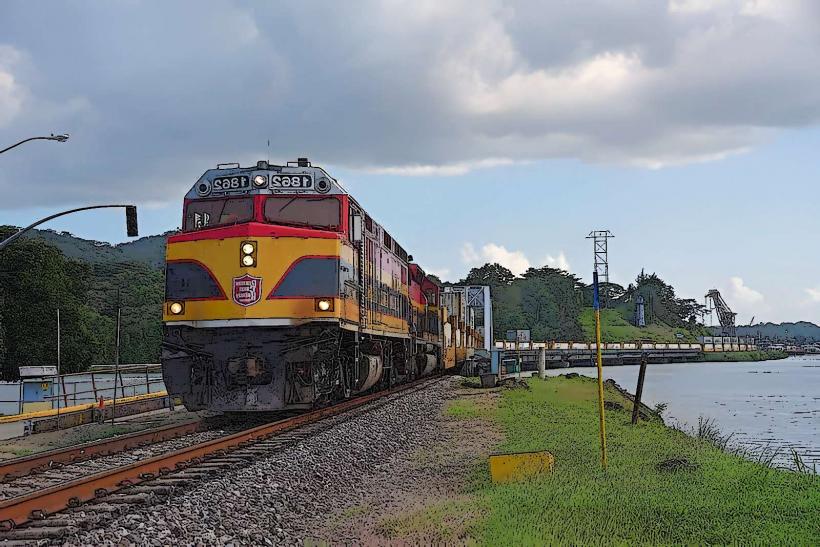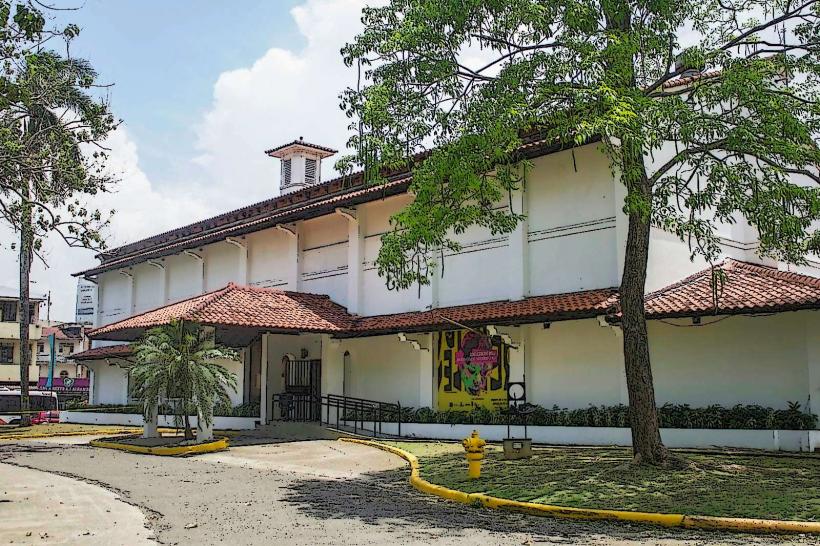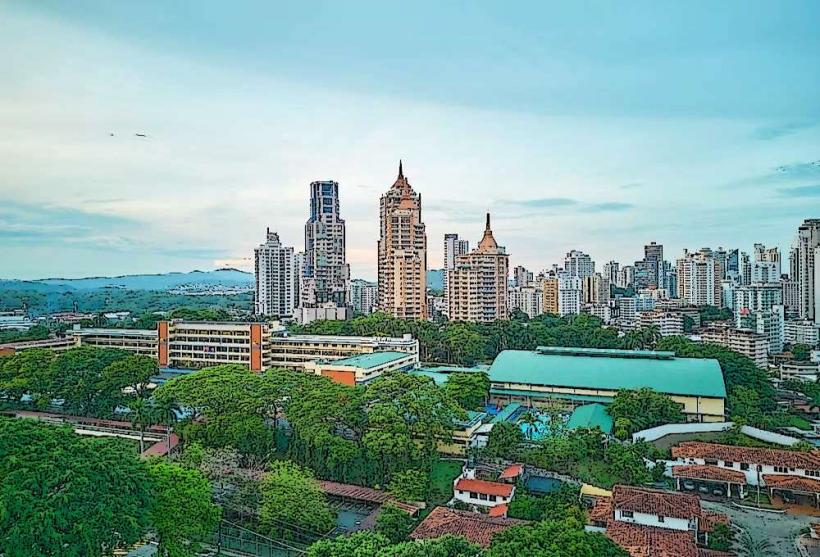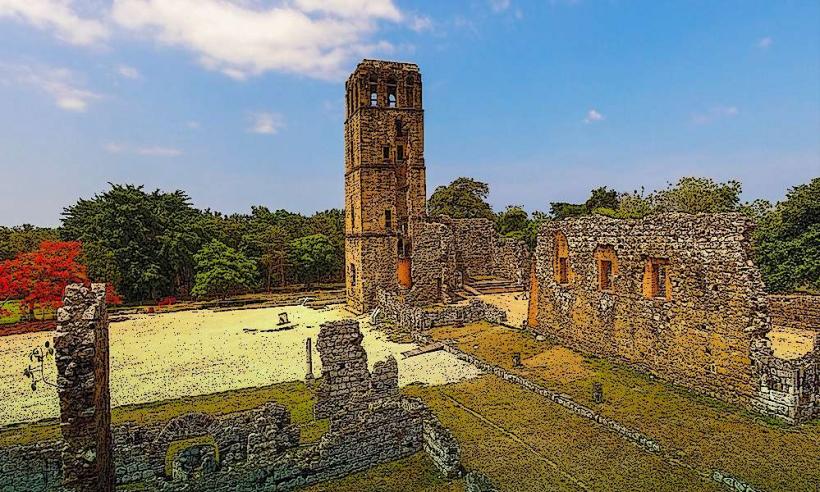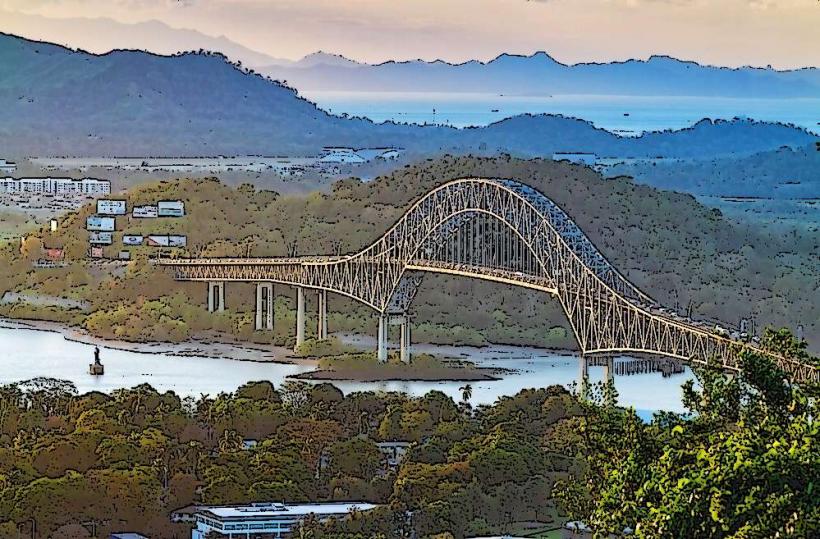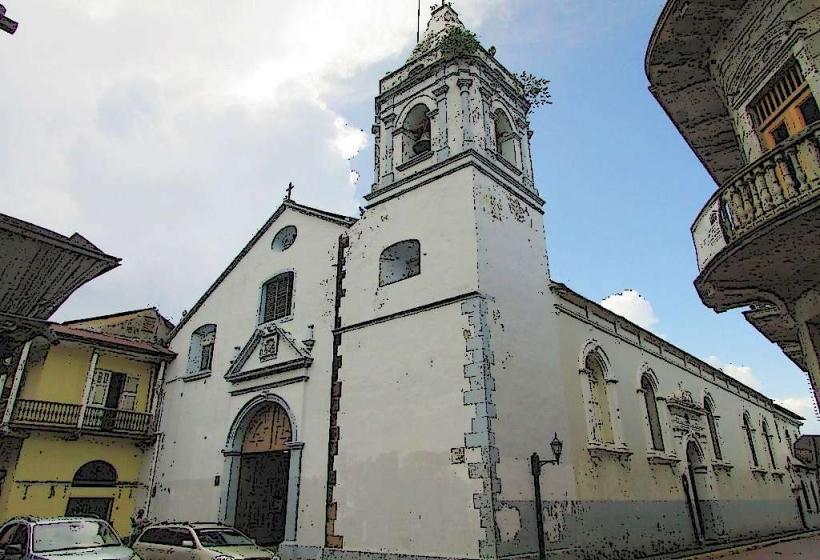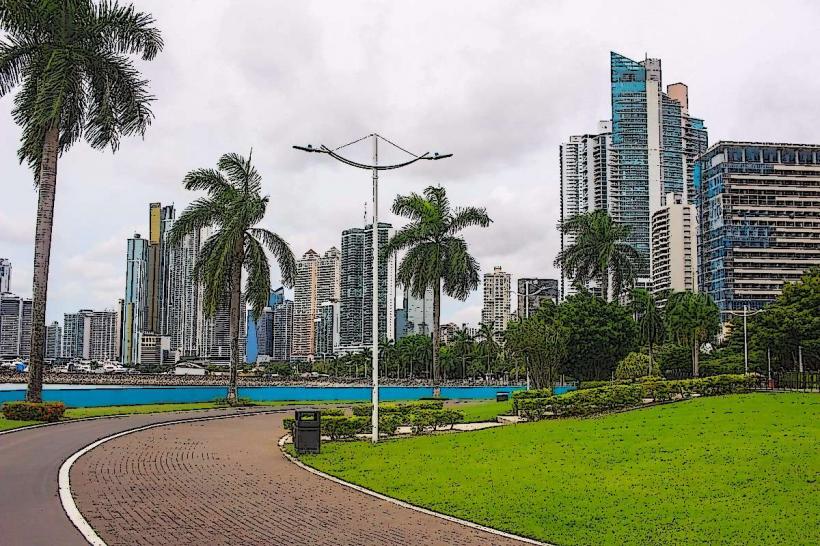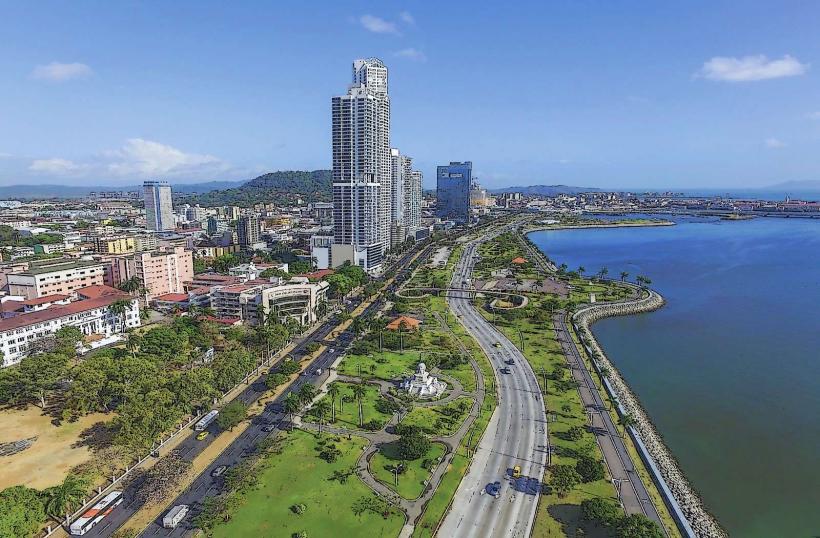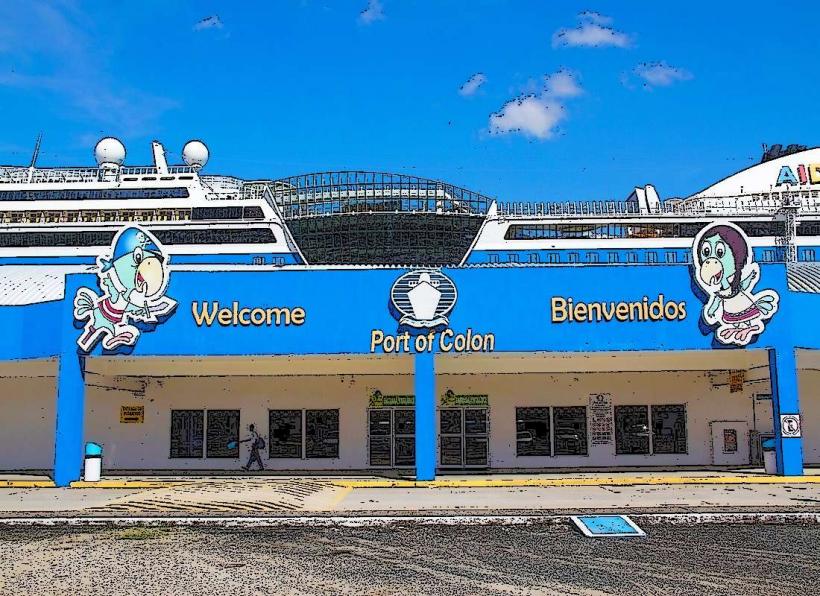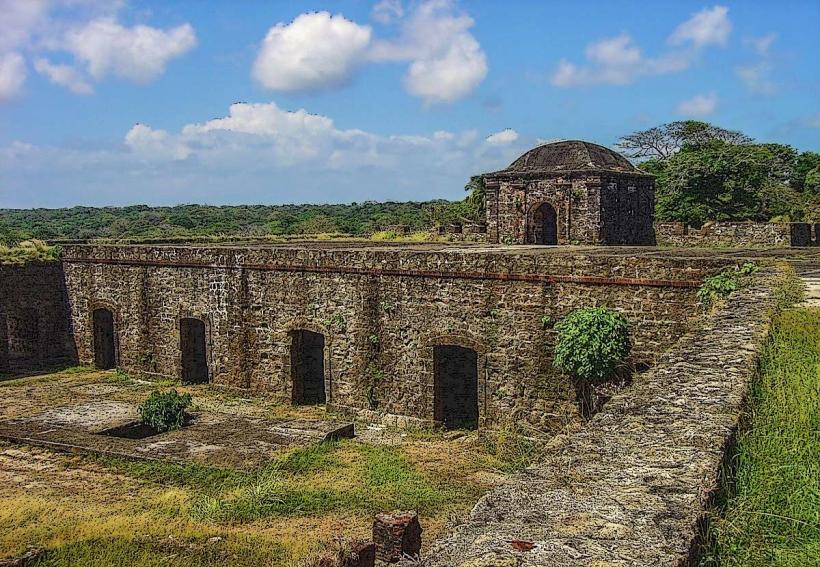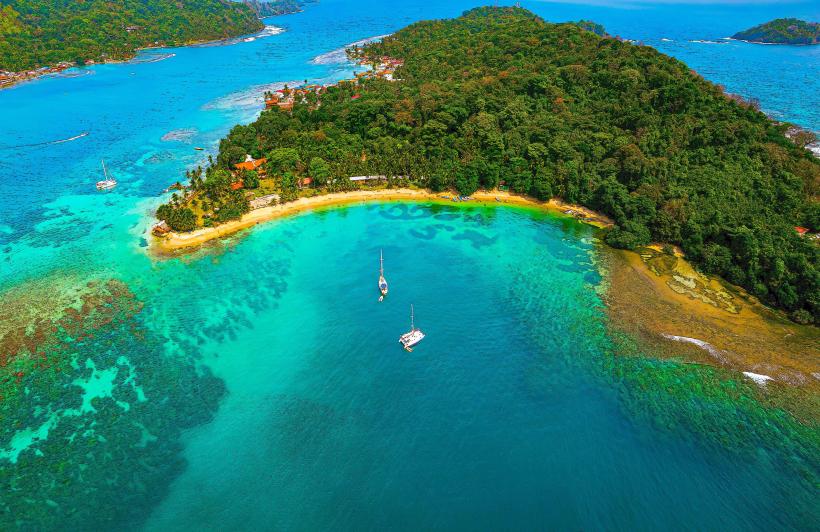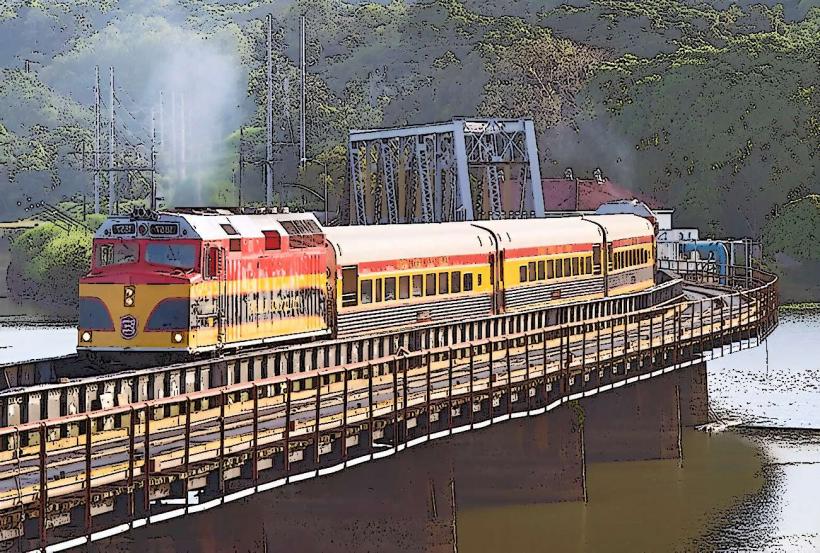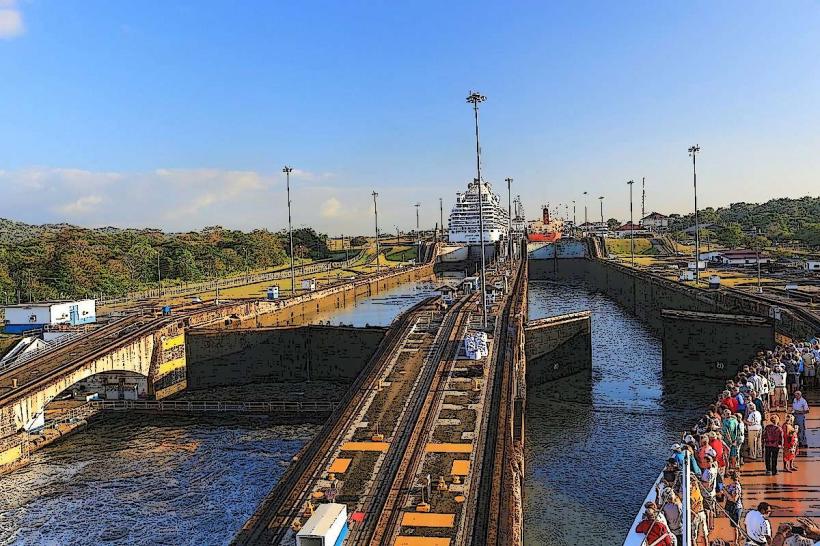Information
Country: PanamaContinent: North America
Panama, located in Central America, is a country that connects North and South America and is famous for its strategic position, the Panama Canal, and its rich cultural and natural diversity.
Geography:
Panama is bordered by Costa Rica to the west and Colombia to the southeast. It is also surrounded by the Caribbean Sea to the north and the Pacific Ocean to the south. The country has diverse landscapes, including mountains, rainforests, and beaches, and boasts over 1,500 islands, including the Bocas del Toro archipelago.
Capital:
The capital city of Panama is Panama City, which is also the largest city in the country. Panama City is a bustling metropolis, known for its modern skyscrapers, historic sites, and the Panama Canal.
Language:
The official language of Panama is Spanish, although English is widely spoken, especially in business and tourism.
Economy:
Panama has a highly developed economy, with a strong focus on services, especially banking, commerce, and tourism. The Panama Canal is a key part of the country's economy, as it facilitates global trade. Panama has a well-established banking sector, attracting international finance and businesses due to its favorable tax policies and banking regulations.
Government:
Panama operates as a constitutional democracy with a presidential system. The President is both the head of state and government. The country has a multi-party system, and elections are held every five years.
History:
The history of Panama has been influenced by various cultures, including indigenous groups, Spanish colonization, and the construction of the Panama Canal. The region was first inhabited by indigenous tribes such as the Kuna, Ngäbe, and Buglé. Panama became part of the Spanish Empire in the 16th century. In 1821, Panama joined the Republic of Gran Colombia, but after its dissolution, Panama became part of Colombia until its independence in 1903. The construction of the Panama Canal, completed in 1914, was a monumental achievement that transformed the country into a global trade hub.
Culture:
Panama has a rich and diverse cultural heritage, shaped by its indigenous roots, African influence, and Spanish colonization. The culture of Panama is reflected in its music, dance, food, and festivals. Panamanian music includes genres like salsa, reggae, and folkloric music. The traditional dance, known as "Tamborito," is a popular expression of cultural heritage. Panama’s cuisine blends indigenous, African, and Spanish flavors, with dishes such as "sancocho" (a hearty chicken stew) and "arroz con pollo" (rice with chicken) being staples.
Biodiversity:
Panama is one of the most biodiverse countries in the world, with a variety of ecosystems ranging from tropical rainforests to cloud forests. The country is home to numerous species of birds, including the famous resplendent quetzal, as well as jaguars, sloths, and monkeys. Panama's national parks and protected areas help preserve its rich biodiversity. The Darien Gap, a region of dense jungle, is famous for its wildlife and rugged terrain.
Climate:
Panama enjoys a tropical climate, with a rainy season from May to November and a dry season from December to April. The temperatures remain warm year-round, with coastal areas being more humid and cooler temperatures in the highland regions.
Transportation:
Panama has a well-developed transportation infrastructure, including a modern highway system, a major international airport (Tocumen International Airport), and a domestic air service. The Panama Canal is a key transportation route for international shipping. There are also bus services, taxis, and a metro system in Panama City.
Tourism:
Panama attracts tourists with its mix of natural beauty, history, and cultural attractions. The Panama Canal is one of the main tourist draws, with visitors from around the world coming to witness this engineering marvel. Panama also offers beach resorts, eco-tourism experiences, and adventure activities such as hiking, birdwatching, and diving. The country’s many islands, such as Bocas del Toro and San Blas, offer pristine beaches and unique indigenous cultures.
Independence Day:
Panama celebrates its independence from Colombia on November 3rd each year. This national holiday is marked by parades, cultural events, and celebrations across the country.
Panama is a country with a unique blend of modernity and tradition, offering visitors a chance to explore its vibrant cities, picturesque landscapes, and rich cultural heritage.

